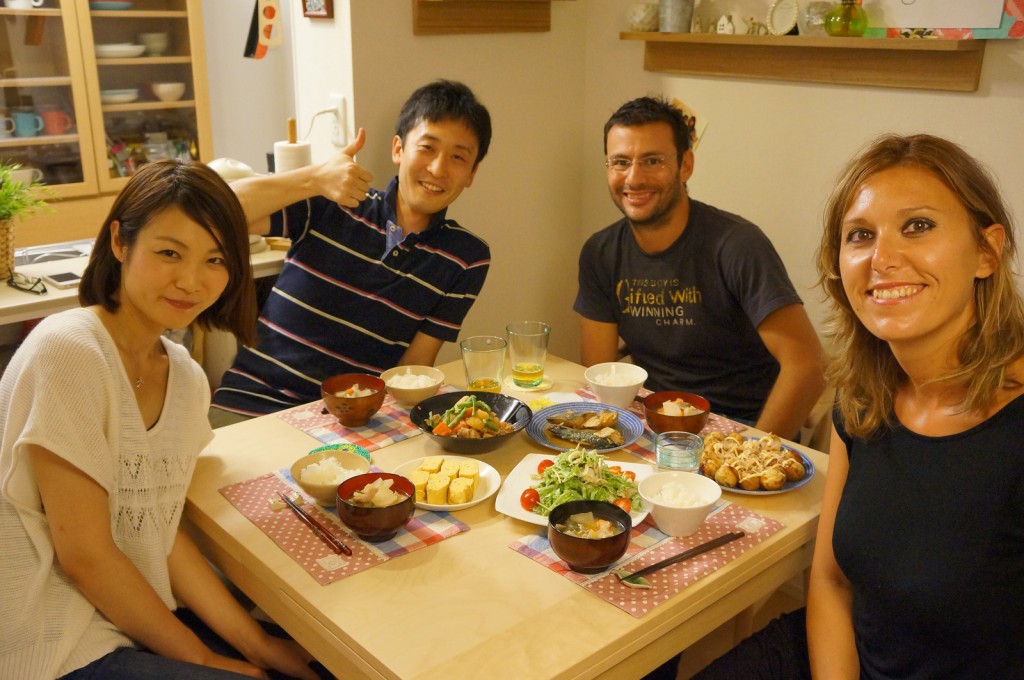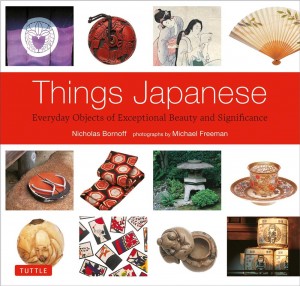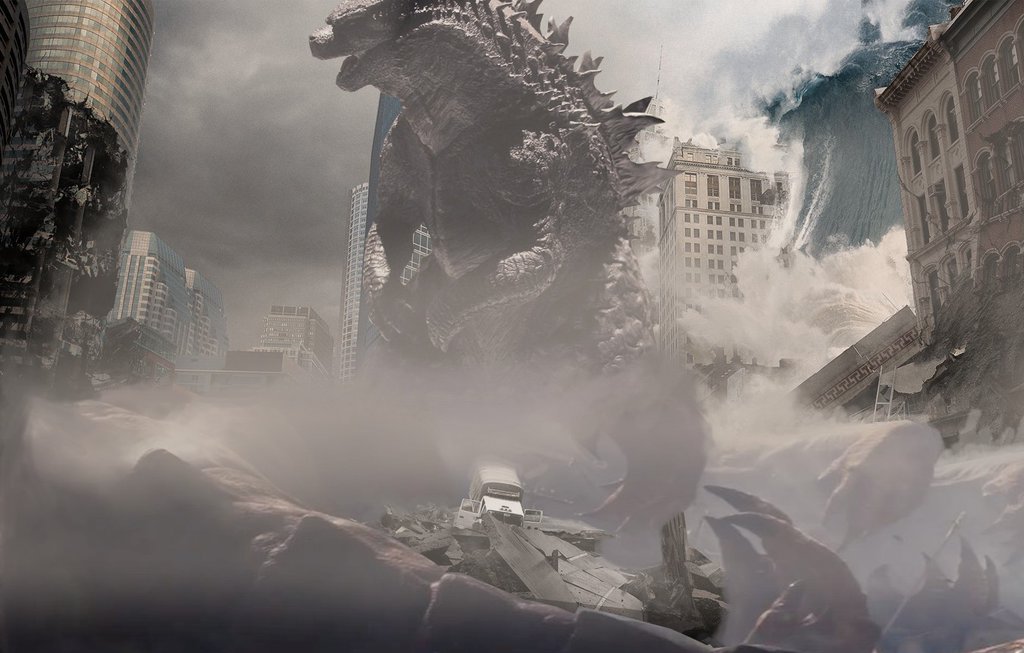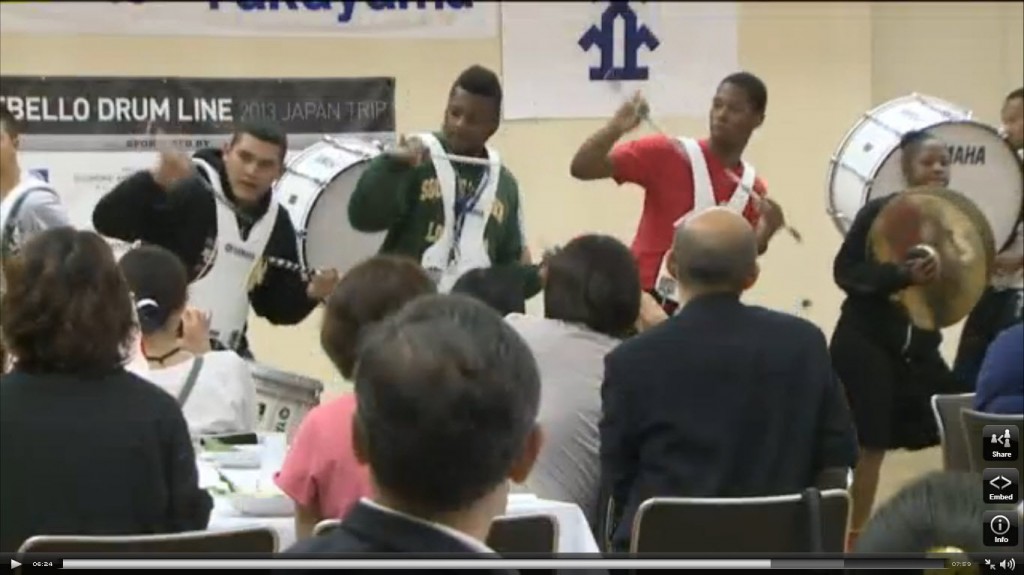November 19, 2013
[caption id="attachment_5367" align="aligncenter" width="520"]

Travelers are treated to home-cooked Japanese food when they book a meal with Nagomi Visit. (Photo courtesy of Nagomi Visit)[/caption]
There's no getting around it: One of the most reliable ways to generate international friendship and cultural understanding is through the stomach.
Diversity in dining is a reflection of an evolving society. Just think of a typical American culinary palette of the 1950s: Pot roast, mashed potatoes, gravy, spinach boiled to drab green mush, creamed corn. Your plate was all white and tan, with maybe a green highlight or two (it helped if you had an iceberg lettuce salad on the side). The one bright spot, color-wise might have been a jiggling red blob of Jell-O for dessert.
I'm oversimplifying, of course. Depending on where in the U.S. of A. you lived in during the decade when I was born, you would have grown up having Italian food, or Jewish food, or maybe Mexican or Americanized Chinese food. But Middle America -- the land of Better Home and Gardens Cookbooks -- was all about red meat and multiple kinds of carbs. Don't get me wrong -- I love white and tan food. Except for that over-cooked spinach, which is a crying shame, I love that typical '50s meal, including the Jell-O.
But for 2013, I'm sure glad that Americans have a much wider appreciation for ethnic cuisine, from Italian and Mexican to Chinese, Korean and Thai.
I grew up eating Japanese food, naturally. My mom cooked Japanese food for herself even if she cooked spaghetti, or steak, for the rest of us. In fact, we had rice every night, even if we had pasta, mom made rice and I often had a serving on the side alongside my noodles. But mostly, my brothers and I grew up eating my mom's home-cooked Japanese food. Whether it was basic like teriyaki chicken or grilled salmon, or fancy and more "ethnic" dishes like oden (a traditional winter stew) or chawan mushi (a hot savory egg custard), we knew we were always getting a true authentic taste of Japan, because that's what my mom grew up with.
A lot of us love to travel to Japan so we can have authentic Japanese cooking. Eating in restaurants in Japan, whether expensive high-end eateries or funky hole-in-the-wall joints, can be a satisfying way to hook into Japanese culture. But imagine the awesome experience of having a
home-cooked Japanese meal, in a Japanese home.
OK, so you don't have relatives that you can mooch off, or friends who you can crash with who'll cook for you.
No worries -- there's a brilliant service called
Nagomi Visit International through which you can set up a home-cooked lunch or dinner during your travels in Japan, and make new friends while you're at it.









